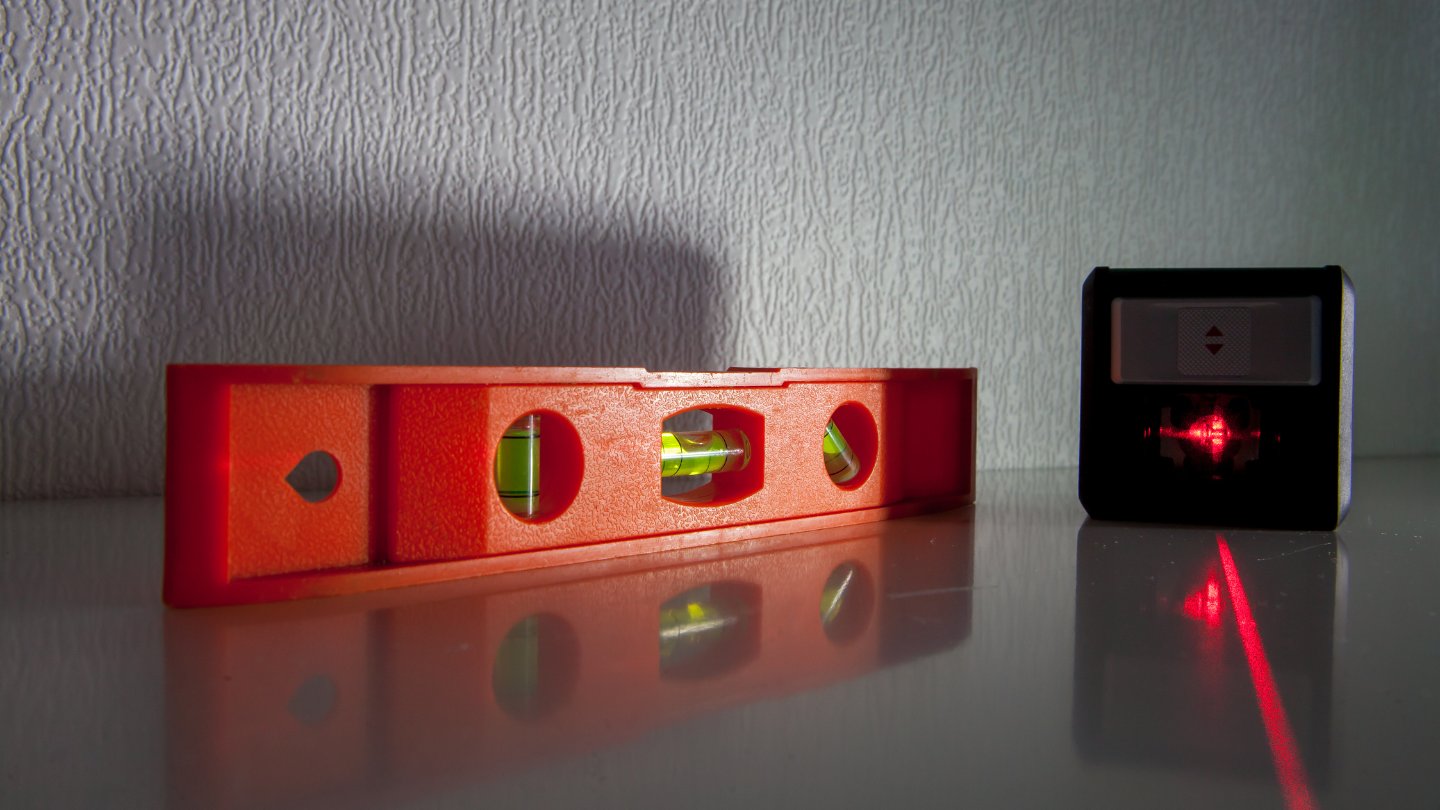

Articles
How To Establish Level Without Laser Level
Modified: March 1, 2024
Learn how to establish a level without a laser level with these helpful articles. Discover expert tips and techniques for precise leveling.
(Many of the links in this article redirect to a specific reviewed product. Your purchase of these products through affiliate links helps to generate commission for Storables.com, at no extra cost. Learn more)
Introduction
When it comes to construction or home improvement projects, establishing a level surface is crucial for ensuring precision and accuracy. Traditionally, a laser level has been the go-to tool for achieving a level surface. However, not everyone has access to a laser level or may prefer to use alternative methods. In this article, we will explore three methods to establish a level without a laser level: the water level method, the string level method, and the bubble level method.
These methods are practical, cost-effective, and can be easily executed by anyone, regardless of their skill level or experience. Whether you are laying tiles, installing shelves, or hanging pictures, these techniques will enable you to achieve a level surface with confidence and accuracy.
So, if you are ready to embark on your next project and need to establish a level, let’s dive into these three methods and learn how to achieve a level surface without the use of a laser level.
Key Takeaways:
- Establishing a level surface without a laser level is achievable using practical and cost-effective methods such as the water level, string level, and bubble level techniques. These alternative methods provide accurate results for various construction and renovation projects.
- The water level method utilizes the principle of water seeking its own level, making it suitable for long distances and uneven surfaces. The string level method involves visually verifying the levelness of a string, while the bubble level method provides a quick and straightforward way to determine levelness. Each method offers versatility and reliability for achieving a level surface.
Read more: How To Level A Laser Level Tripod
Method 1: Water Level
The water level method is a simple yet effective technique for establishing a level surface. This method utilizes the principle that water seeks its own level, allowing us to measure and transfer that level to different points.
Here’s how you can use the water level method:
- Gather the necessary materials: To set up a water level, you will need a transparent tube or hose, water, and two containers. The length of the tube will depend on the distance between the points you want to level.
- Set up the water level: Fill one of the containers with water and connect one end of the tube to it. Make sure the tube is securely attached and that there are no leaks.
- Measure the level: Place the other end of the tube at the first point you want to establish as level. The water level in the tube will align with the water level in the container. Once the water settles, mark the height on the wall or surface.
- Repeat this process at the second point you want to level. Adjust the level of the water in the second container until it aligns with the mark you made on the wall or surface.
- Once the water levels in both containers are aligned, the two points will be at the same vertical level.
The water level method is particularly useful for establishing a level reference point on long distances or uneven surfaces. It’s a versatile technique that can be used both indoors and outdoors, making it a valuable tool in various construction and renovation projects.
Now that you are familiar with the water level method, let’s move on to the next technique: the string level method.
Key Takeaways:
- Establishing a level surface without a laser level is achievable using practical and cost-effective methods such as the water level, string level, and bubble level techniques. These alternative methods provide accurate results for various construction and renovation projects.
- The water level method utilizes the principle of water seeking its own level, making it suitable for long distances and uneven surfaces. The string level method involves visually verifying the levelness of a string, while the bubble level method provides a quick and straightforward way to determine levelness. Each method offers versatility and reliability for achieving a level surface.
Read more: How To Level A Laser Level Tripod
Method 1: Water Level
#1. Gather the necessary materials
The first step in using the water level method is to gather all the necessary materials. Here’s what you’ll need:
- A transparent tube or hose: Choose a tube or hose that is long enough to reach between the two points you want to level. It should be clear and free from any cracks or leaks.
- Water: You will need water to fill the tube and create the water level.
- Two containers: You’ll need two containers to hold the water. Make sure they are clean and free from any debris.
It’s essential to gather these materials before you begin, as having everything prepared will save you time and ensure a smooth execution of the water level method.
When selecting a tube or hose, consider the length and flexibility. The length should be sufficient to reach the desired points, while the flexibility will make it easier to maneuver and position the tube accurately.
Additionally, make sure the tube or hose is transparent, as it allows you to see the water level inside. This visibility is crucial for accurately aligning the water levels between the containers and the reference points.
Choosing the right containers is also important. They should be sturdy and able to hold an adequate amount of water without leaking. Clear containers can help you see the water level inside and make the marking process easier.
By gathering the necessary materials beforehand, you’ll be ready to move on to the next step of setting up the water level and establishing a level surface.
Key Takeaways:
- Establishing a level surface without a laser level is achievable using practical and cost-effective methods such as the water level, string level, and bubble level techniques. These alternative methods provide accurate results for various construction and renovation projects.
- The water level method utilizes the principle of water seeking its own level, making it suitable for long distances and uneven surfaces. The string level method involves visually verifying the levelness of a string, while the bubble level method provides a quick and straightforward way to determine levelness. Each method offers versatility and reliability for achieving a level surface.
Read more: How To Level A Laser Level Tripod
Method 1: Water Level
Read more: How To Work A Water Level Or Laser Level
#2. Set up the water level
Once you have gathered the necessary materials, you can proceed to set up the water level. Follow these steps to ensure a proper setup:
- Start by filling one of the containers with water. Make sure it is filled to a level that can be easily seen and measured.
- Take one end of the transparent tube or hose and securely attach it to the container with water. Ensure there are no leaks or loose connections.
- Hold the tube upright and gently lift it, allowing the water to flow into the tube. Keep the other end of the tube submerged in the water in the container.
- While holding the tube in an upright position, release any air bubbles that may have formed inside. This will help maintain an accurate water level.
- Once the tube is filled with water and the air bubbles are released, cap the open end of the tube with your finger or a suitable stopper. This will prevent water from spilling out once you move the tube.
By following these steps, you will set up the water level and ensure that it is ready for use. It’s important to make sure there are no leaks or air bubbles, as these can affect the accuracy of the water level.
Now that you have set up the water level, you are ready for the next step: measuring the level between the two points you want to establish as level. We will explore this step in the next section.
Key Takeaways:
- Establishing a level surface without a laser level is achievable using practical and cost-effective methods such as the water level, string level, and bubble level techniques. These alternative methods provide accurate results for various construction and renovation projects.
- The water level method utilizes the principle of water seeking its own level, making it suitable for long distances and uneven surfaces. The string level method involves visually verifying the levelness of a string, while the bubble level method provides a quick and straightforward way to determine levelness. Each method offers versatility and reliability for achieving a level surface.
Read more: How To Level A Laser Level Tripod
Method 1: Water Level
#3. Measure the level
With the water level set up and ready to use, you can now proceed to measure the level between the two points you want to establish as level. Follow these steps:
- Place the end of the tube with the submerged tip at the first reference point you want to establish as level. As you position the tube, ensure that it is upright and stable.
- The water inside the tube will naturally align with the water level in the container. Allow it to settle until it reaches a stable position.
- Once the water level has settled, mark the height of the water on the wall or surface at the reference point. This mark will indicate the level between the two points.
- Now, move the tube to the second reference point you want to establish as level. Make sure the tube is positioned firmly and vertically.
- Adjust the water level in the second container until it aligns with the mark you made on the wall or surface at the first reference point. You can add or remove water from the container to achieve alignment.
- Once the water levels in both containers are aligned, the two points will be at the same vertical level. You have successfully established a level surface without the use of a laser level.
It’s important to note that the accuracy of the water level method depends on the precision of your measurements. Take your time to ensure that the tube is positioned correctly and the water levels are aligned accurately.
The water level method is particularly useful when working with long distances or uneven surfaces. It provides a practical and cost-effective solution for establishing a level reference on various construction and renovation projects.
Now that you have learned how to measure the level using the water level method, you can move on to other alternative methods. The next method we will explore is the string level method.
Method 2: String Level
Another effective method for establishing a level surface without a laser level is the string level method. This technique uses a simple string as a reference to determine the level between two points.
Here’s how you can use the string level method:
- Collect the required items: To use the string level method, gather the following materials: a long and sturdy string, two posts or stakes, a level (such as a bubble level or a smartphone app with a level feature), and a measuring tape.
- Attach the string: Tie one end of the string securely to the first post or stake. Make sure it is tightly fastened and can support the weight of the string without sagging.
- Measure the level: Pull the string taut until it is level with the desired reference point on the first post or stake. Use a level to ensure the string is perfectly horizontal or parallel to the ground. Adjust the string as needed.
- Secure the second post or stake: Place the second post or stake at the desired reference point and align it with the level string. Ensure it is firmly planted in the ground or securely attached to a surface.
- Check the level: Use the level to verify that the string is still level at the second reference point. Adjust the height of the string as necessary.
The string level method offers a simple but accurate way to establish a level surface between two points. It allows you to visually verify the level by comparing the position of the string with the level indicator.
Remember to measure the level at multiple points along the string to ensure consistency and accuracy. Check that the string remains taut and level to get reliable results.
By using the string level method, you can confidently create a level reference line or surface for various applications, such as installing fences, aligning posts, or laying out garden beds.
Now that you understand the string level method, let’s move on to the next technique: the bubble level method.
Method 2: String Level
#1. Collect the required items
Before you can use the string level method to establish a level surface, it’s important to gather all the necessary materials. Here’s a list of what you’ll need:
- A long and sturdy string: Choose a string that is long enough to reach between the two points you want to level. It should be strong enough to hold its position without sagging.
- Two posts or stakes: These will serve as the reference points for establishing the level surface. Make sure the posts or stakes are long enough to secure the string and tall enough for easy visibility.
- A level: You can use a bubble level or a smartphone app with a level feature. This will help you ensure that the string is perfectly horizontal or parallel to the ground.
- A measuring tape: This will be useful for measuring the length and distance between the two reference points, as well as ensuring the string is level at both ends.
When selecting a string, opt for a durable material that won’t stretch or break under tension. Nylon or braided cords are good choices. Ensure that the string is long enough to span the desired distance between the reference points. If necessary, you can tie multiple strings together to achieve the desired length.
The posts or stakes should be sturdy and firmly grounded. They should be tall enough to allow the string to lay horizontally without touching the ground. Consider the material of the posts or stakes and choose ones that will withstand outdoor conditions if you’re working outside.
Having a level is crucial for ensuring the accuracy of the string level method. A bubble level can be a reliable tool, but if you don’t have one, you can use a smartphone app with a level feature as an alternative.
Lastly, a measuring tape will be necessary for taking measurements and confirming that the ends of the string are at the desired level. It will help you ensure that the string is both level and properly positioned.
By gathering these items ahead of time, you’ll be ready to move on to the next step of attaching the string and setting up the string level method.
Method 2: String Level
#2. Attach the string
Once you have collected all the required items for the string level method, it’s time to attach the string to the reference points. Follow these steps for a proper attachment:
- Select one of the posts or stakes as the starting point. Tie one end of the string securely to the post or stake. Ensure that the knot is tight and will not come undone.
- Hold the other end of the string and stretch it out towards the second reference point. Make sure the string is taut and free from any kinks or twists.
- Wrap the string around the second post or stake, positioning it at the desired level. The string should be firmly attached to the post or stake, allowing it to hold its position without sagging.
- While attaching the string, ensure that it is parallel to the ground and appears level to the naked eye. You can use a level or a smartphone app with a level feature to double-check its horizontal position.
Remember to keep the string taut throughout the attachment process. A loose or sagging string will not accurately establish a level surface.
Consider tying the string using a secure knot, such as a double knot or a square knot, to prevent it from slipping or coming loose. This will help maintain the integrity of the string level throughout your project.
By properly attaching the string to the reference points, you will have a reliable reference line to determine the level between the two points. Now, it’s time to move on to the next step: measuring the level using the string level method.
Method 2: String Level
#3. Measure the level
With the string securely attached to the reference points, it’s time to measure the level between the two points using the string level method. Follow these steps:
- Position yourself at one end of the string and use a level to ensure that it is perfectly horizontal or parallel to the ground. Adjust the height of the string as needed to achieve the desired level.
- Once you have established the level at the starting point, move to the other end of the string.
- From this new position, check that the string is still level using the level. Make any necessary adjustments to ensure that the string remains perfectly horizontal.
- When the string is level at both ends, it indicates that the two reference points are at the same vertical level.
Keep in mind that the accuracy of the string level method depends on the precision of your level measurements. Take your time to ensure that the string is properly aligned and level at both ends.
For longer distances, it may be helpful to have another person assist you in checking the level and making adjustments along the string. This will ensure that the level is consistently maintained throughout the process.
The string level method allows you to visually determine the level by comparing the position of the string with the level indicator. It is a practical and cost-effective alternative to using a laser level.
Now that you have successfully measured the level using the string level method, you can confidently proceed with your construction or renovation project, knowing that you have established a level surface without the need for a laser level.
In the next section, we will explore an additional method: the bubble level method.
Method 3: Bubble Level
Another reliable method for establishing a level surface without a laser level is the bubble level method. This technique utilizes a bubble level, a tool that measures the inclination of a surface based on the position of a bubble within a liquid-filled vial.
Here’s how you can use the bubble level method:
- Acquire a bubble level: Purchase a bubble level from a hardware store or use a smartphone app with a built-in bubble level feature.
- Place the level on the surface: Position the bubble level on the surface between the two points you want to establish as level. Make sure it lies flat and stable.
- Check the bubble position: Observe the bubble within the vial of the bubble level. If the bubble is centered between the markings, it indicates that the surface is level.
When using a traditional bubble level, ensure that the vial is clean and free from any debris that could affect the accuracy of the bubble position. Smartphone apps with bubble level features should be calibrated properly and used on a stable surface for reliable results.
Verify the level at multiple places along the surface to ensure consistency. If needed, make adjustments to the surface by adding shims or leveling compound to achieve a level position.
The bubble level method is ideal for various applications, including installing shelves, aligning cabinets, or checking the levelness of a tabletop. It provides a quick and straightforward way to establish a level surface without the need for a laser level.
Now that you understand the bubble level method, you have three alternative techniques to choose from when establishing a level surface. Select the method that best suits your needs and the materials you have available.
Before concluding, let’s summarize the key points of each method and their applications.
Method 3: Bubble Level
Read more: How Accurate Is A Laser Level
#1. Acquire a bubble level
The first step in using the bubble level method is to acquire a bubble level. A bubble level is a handy tool that helps determine whether a surface is level or not. There are two main options for acquiring a bubble level:
- Purchase a bubble level: You can find a wide range of bubble levels available for purchase at hardware stores, home improvement centers, or online retailers. Bubble levels come in different sizes and designs, including handheld ones and those integrated into other tools.
- Use a smartphone app: If you don’t have a physical bubble level, you can utilize a smartphone app that includes a bubble level feature. Many apps are available for both iOS and Android devices, providing a convenient and accessible alternative.
When purchasing a bubble level, consider the type of projects you will be using it for. Ensure that it is of good quality and has accurate bubble indicators. If possible, choose a bubble level with multiple vials for measuring different orientations, such as horizontal and vertical.
If you opt to use a smartphone app, search for a reputable app that has positive reviews and good functionality. Remember to calibrate the app according to the provided instructions to ensure accurate readings.
Having a bubble level as part of your toolkit is beneficial for a variety of tasks, such as hanging pictures, aligning frames, or even checking the levelness of a table or countertop. It’s a versatile tool that provides a quick and convenient method for establishing a level surface.
Once you have acquired a bubble level or installed a bubble level app on your smartphone, you are ready to proceed with the next step, which is placing the level on the surface to be checked. This will be covered in the following section.
Method 3: Bubble Level
#2. Place the level on the surface
After acquiring a bubble level, the next step in using the bubble level method is to properly place the level on the surface that you want to check for levelness. Follow these steps:
- Hold the bubble level or position your smartphone with the bubble level app open.
- Place the level on the surface between the two points you want to establish as level.
- Ensure that the level is lying flat and stable on the surface. It should not wobble or tilt.
- Align the level in the desired orientation, such as horizontally or vertically, based on the surface you are working with.
It’s important to be cautious while placing the level on the surface to avoid any accidental shifts or movement. A stable and firm placement will help ensure accurate readings.
If you are using a smartphone app with a bubble level feature, make sure the device is held in a position where the screen is clearly visible and aligned with the surface you are checking.
During this step, pay attention to the bubble indicator inside the level. It should be centered between the markings within the vial for the surface to be considered level.
By placing the level on the surface correctly, you will obtain more accurate readings and be able to determine the levelness with greater confidence.
Now that you have successfully placed the level on the surface, you are ready to move on to the next step, which is checking the position of the bubble inside the level. We will explore this step in the following section.
Method 3: Bubble Level
Read more: How To Use A Self Leveling Laser Level
#3. Check the bubble position
Once the bubble level is properly placed on the surface, the next step in using the bubble level method is to check the position of the bubble inside the level. Follow these steps:
- Focus your attention on the bubble inside the vial of the bubble level or on the bubble level app on your smartphone.
- Observe the position of the bubble in relation to the markings within the vial.
- If the bubble is centered between the markings, it indicates that the surface is level.
- If the bubble is off-center towards one side, it signifies that the surface is not level. The amount and direction of the bubble’s deviation from center can help determine the degree of unlevelness.
When checking the bubble position, it’s important to do so from an angle where you can clearly see the bubble and its alignment with the markings. Avoid any glare or reflections that may obscure your view.
If the bubble is not centered and indicates an unlevel surface, you may need to make adjustments to the surface. This can involve adding shims or using leveling compounds to correct the levelness.
Remember to recheck the bubble position multiple times along the surface to ensure consistent readings. This will help you verify the accuracy and identify any areas that require adjustments.
The bubble level method is a reliable and straightforward way to determine the levelness of a surface. It is a useful tool for various applications, such as installing shelves, hanging cabinets, or creating even flooring.
With the bubble level method, you can confidently establish a level surface without relying on a laser level.
Now that you understand how to check the bubble position, you have all the knowledge needed to utilize the bubble level method effectively. Before we wrap up, let’s recap the essential points of each method covered in this article.
Conclusion
Establishing a level surface is a crucial aspect of many construction and home improvement projects. While laser levels are commonly used for this purpose, there are alternative methods available for those who do not have access to a laser level or prefer different approaches.
In this article, we explored three methods for establishing a level surface without a laser level: the water level method, the string level method, and the bubble level method. Each method provides a practical and effective way to achieve a level reference point.
The water level method utilizes the principle that water seeks its own level, making it suitable for long distances and uneven surfaces. By using a transparent tube or hose and water, you can transfer the level between two points with accuracy.
The string level method involves attaching a string between two reference points and ensuring that it remains level. This can be done by using posts or stakes, along with a level, to visually verify the levelness of the string.
The bubble level method utilizes a bubble level or a smartphone app with a bubble level feature. By placing the level on the surface and observing the position of the bubble within the vial, you can determine if the surface is level or requires adjustments.
Each method has its advantages and can be applied to different scenarios and projects. The choice of method depends on factors such as the distance between points, the nature of the surface, and the availability of materials.
By following the steps outlined in this article, you can establish a level surface with confidence and accuracy, regardless of whether you have access to a laser level or not.
Remember to take your time, make precise measurements, and double-check your work to ensure the levelness of your surface. Safety should always be a priority, so use caution when working at heights or with tools.
With the knowledge gained from this article, you are well-equipped to tackle your next project and achieve a level surface using alternative methods. Best of luck with your construction and home improvement endeavors!
Frequently Asked Questions about How To Establish Level Without Laser Level
Was this page helpful?
At Storables.com, we guarantee accurate and reliable information. Our content, validated by Expert Board Contributors, is crafted following stringent Editorial Policies. We're committed to providing you with well-researched, expert-backed insights for all your informational needs.
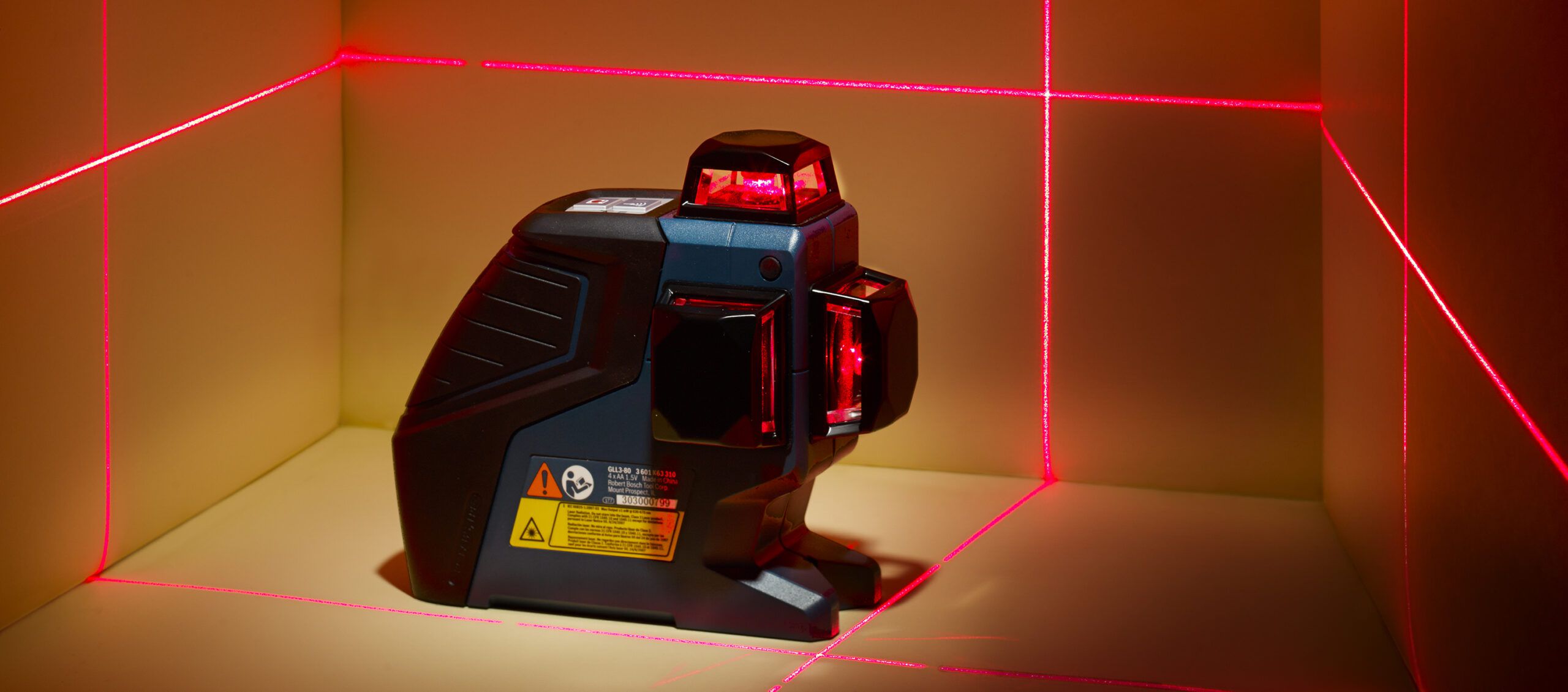
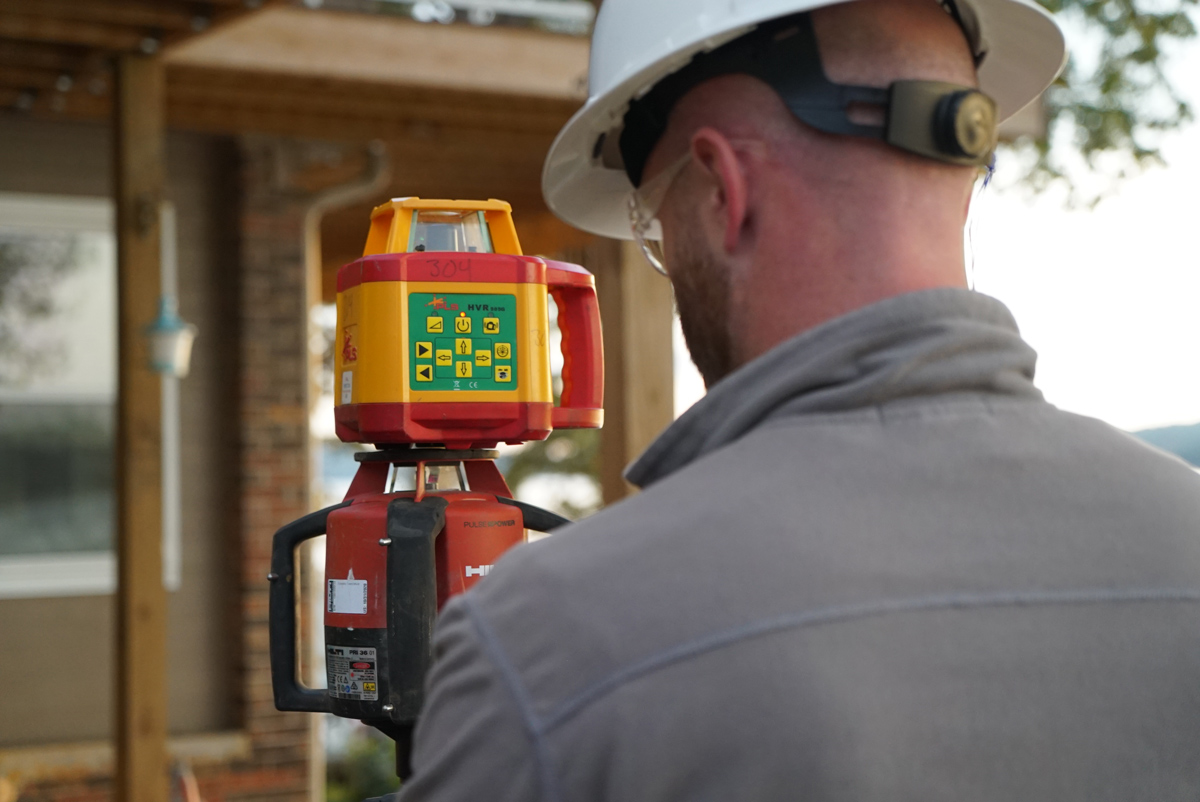
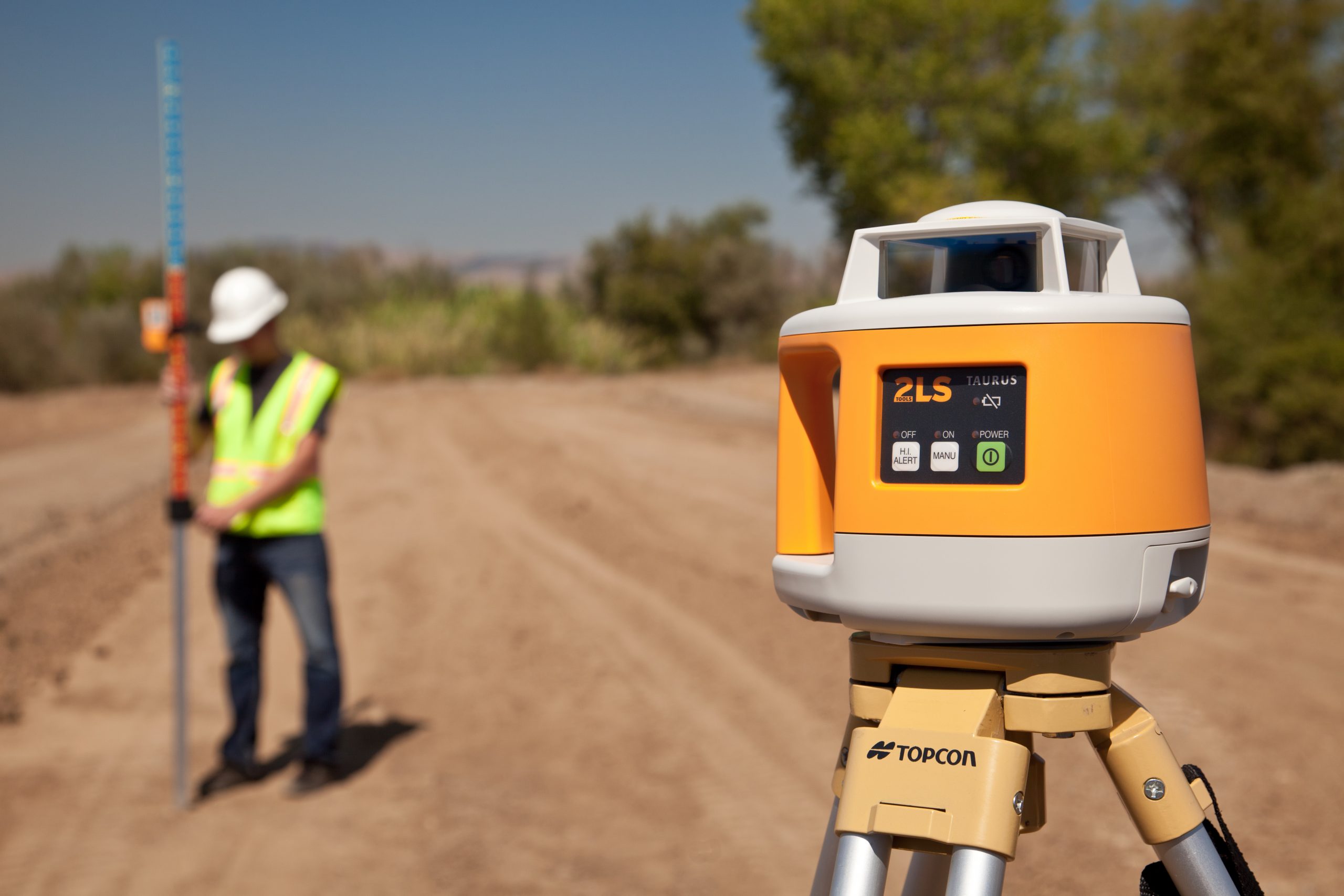
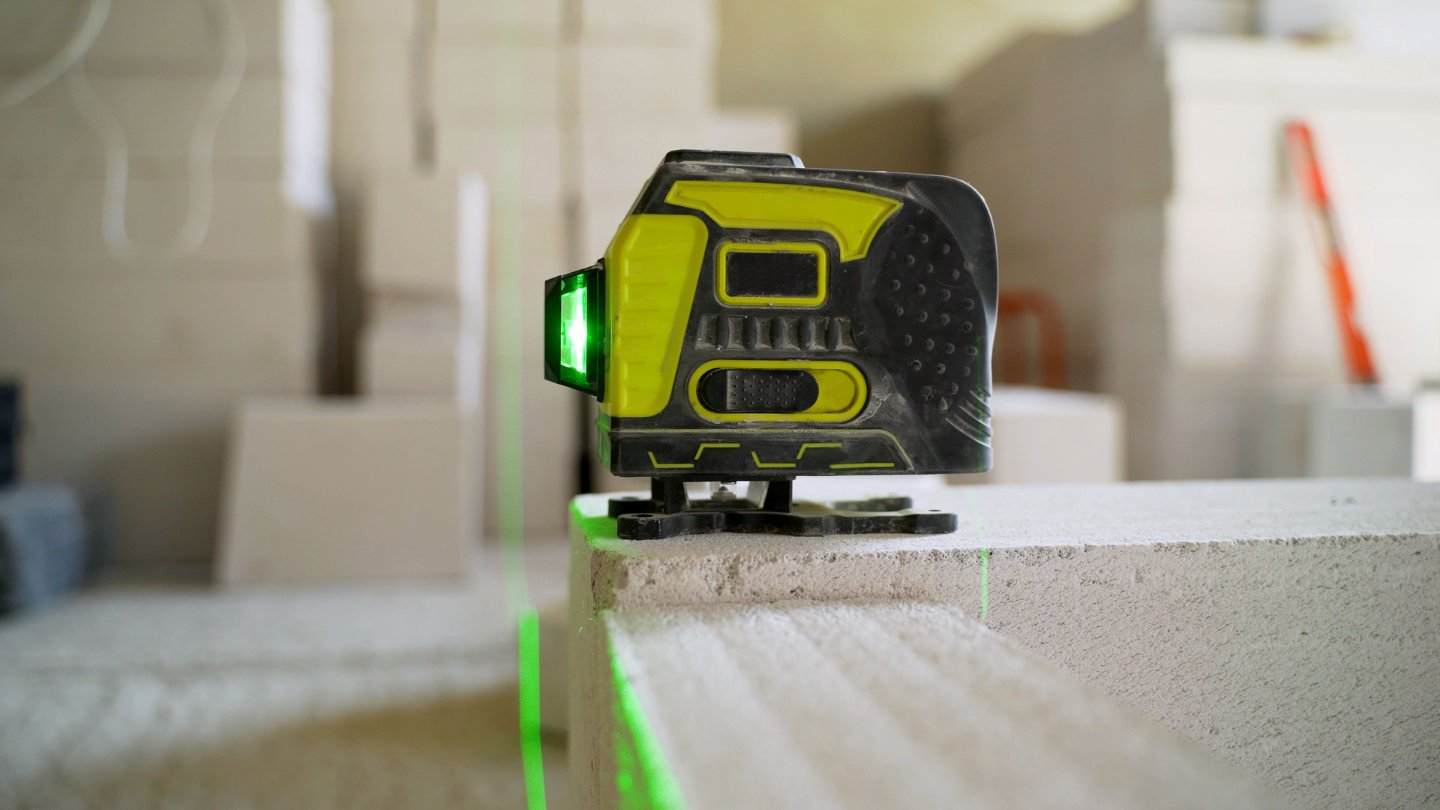
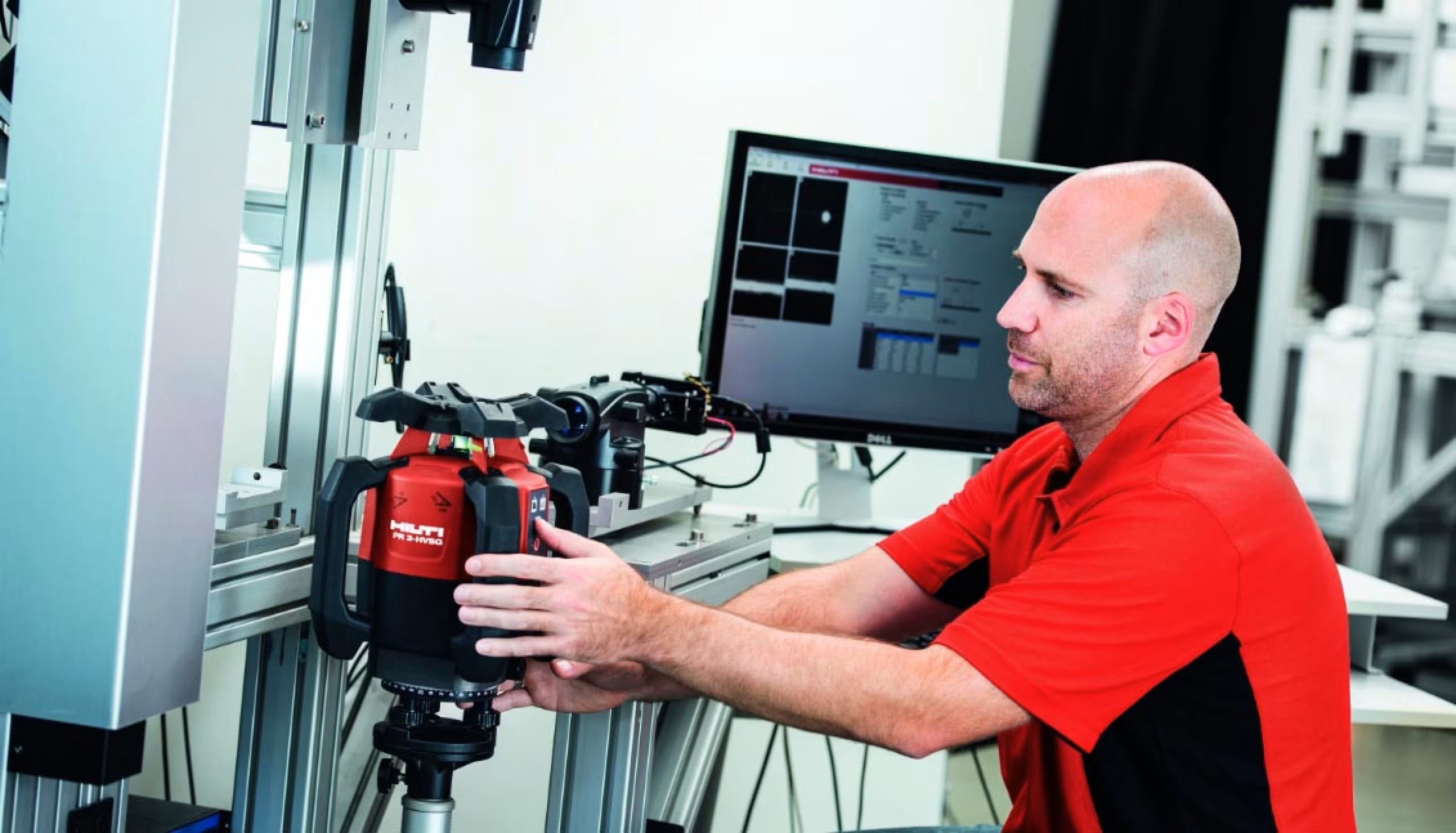
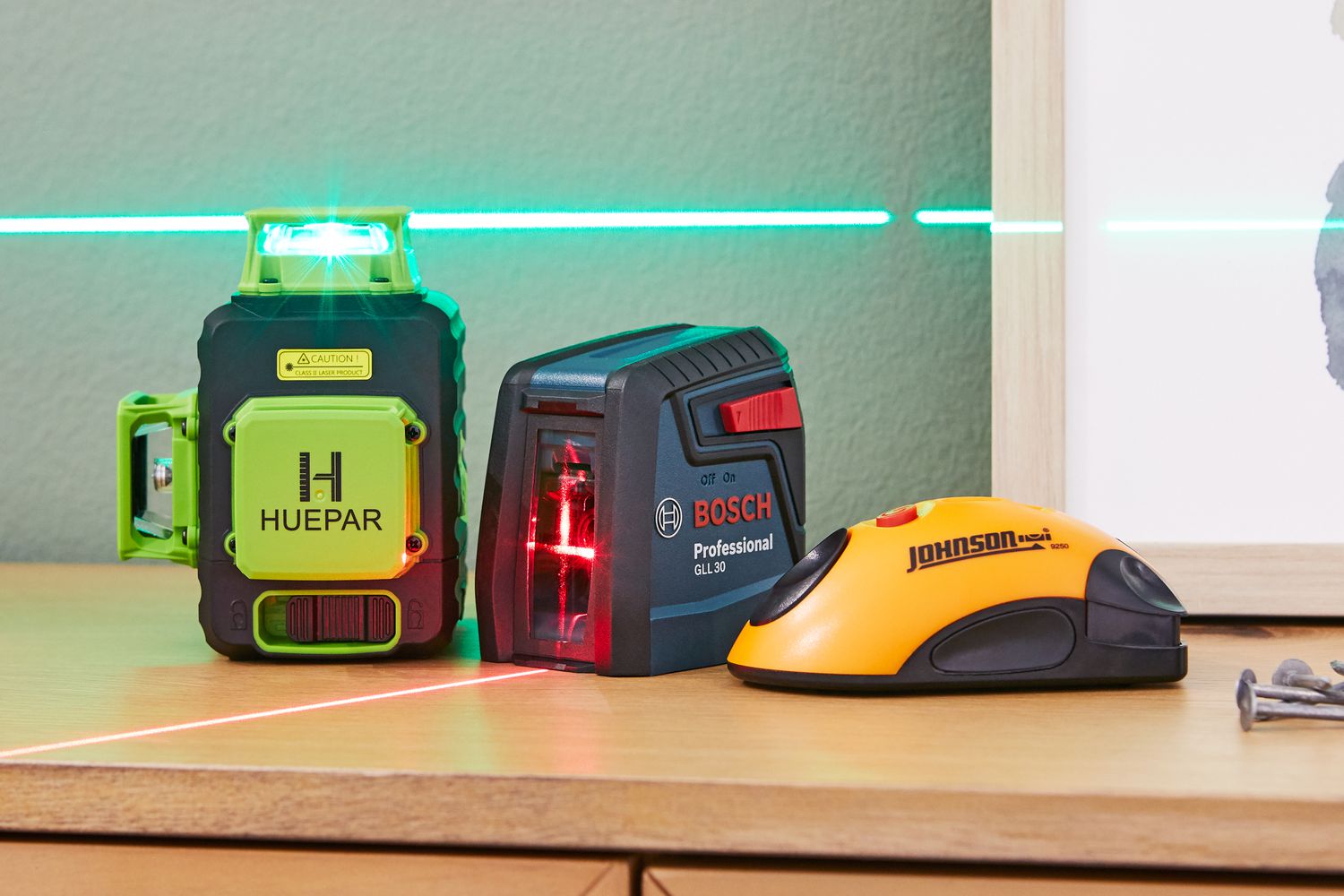
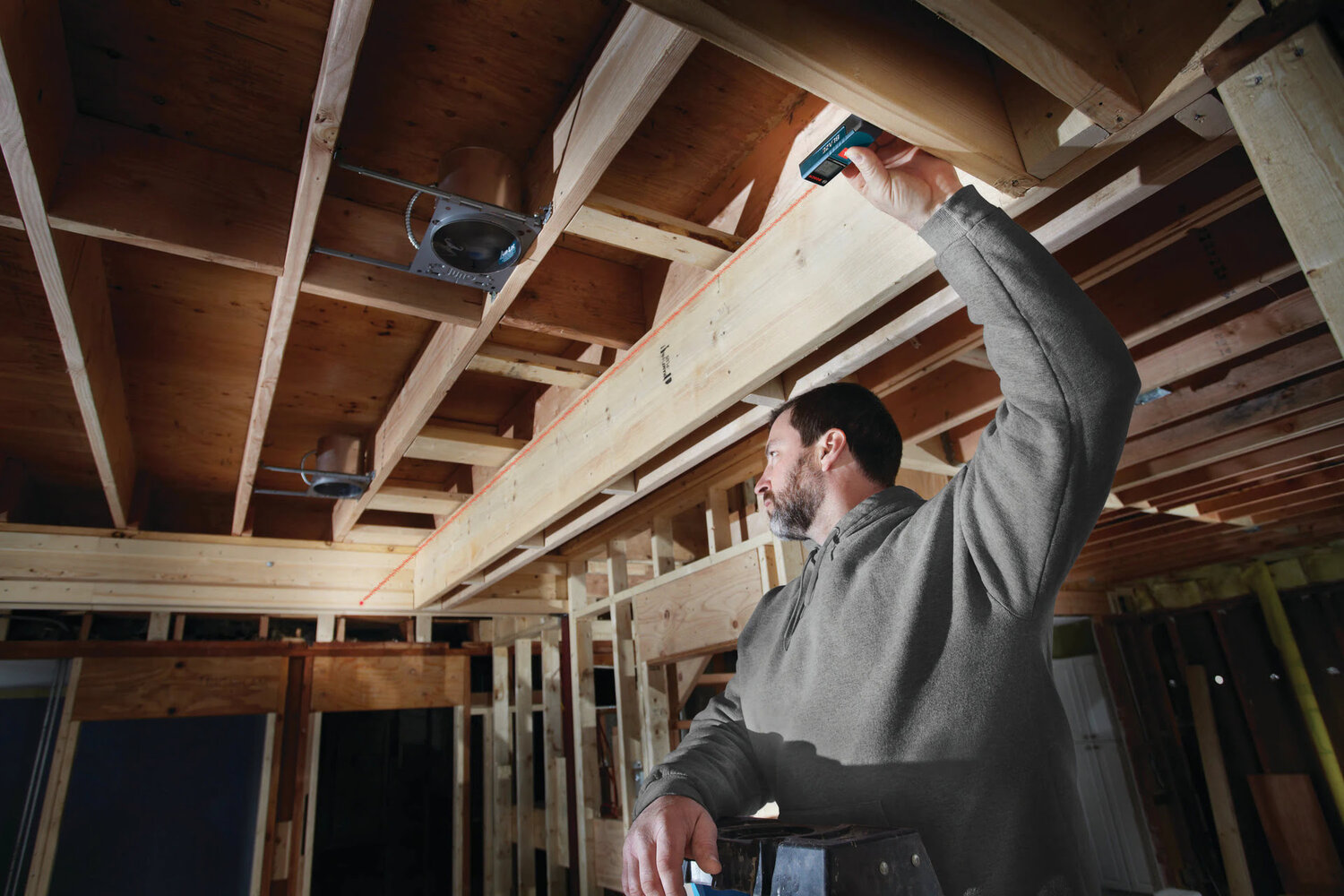
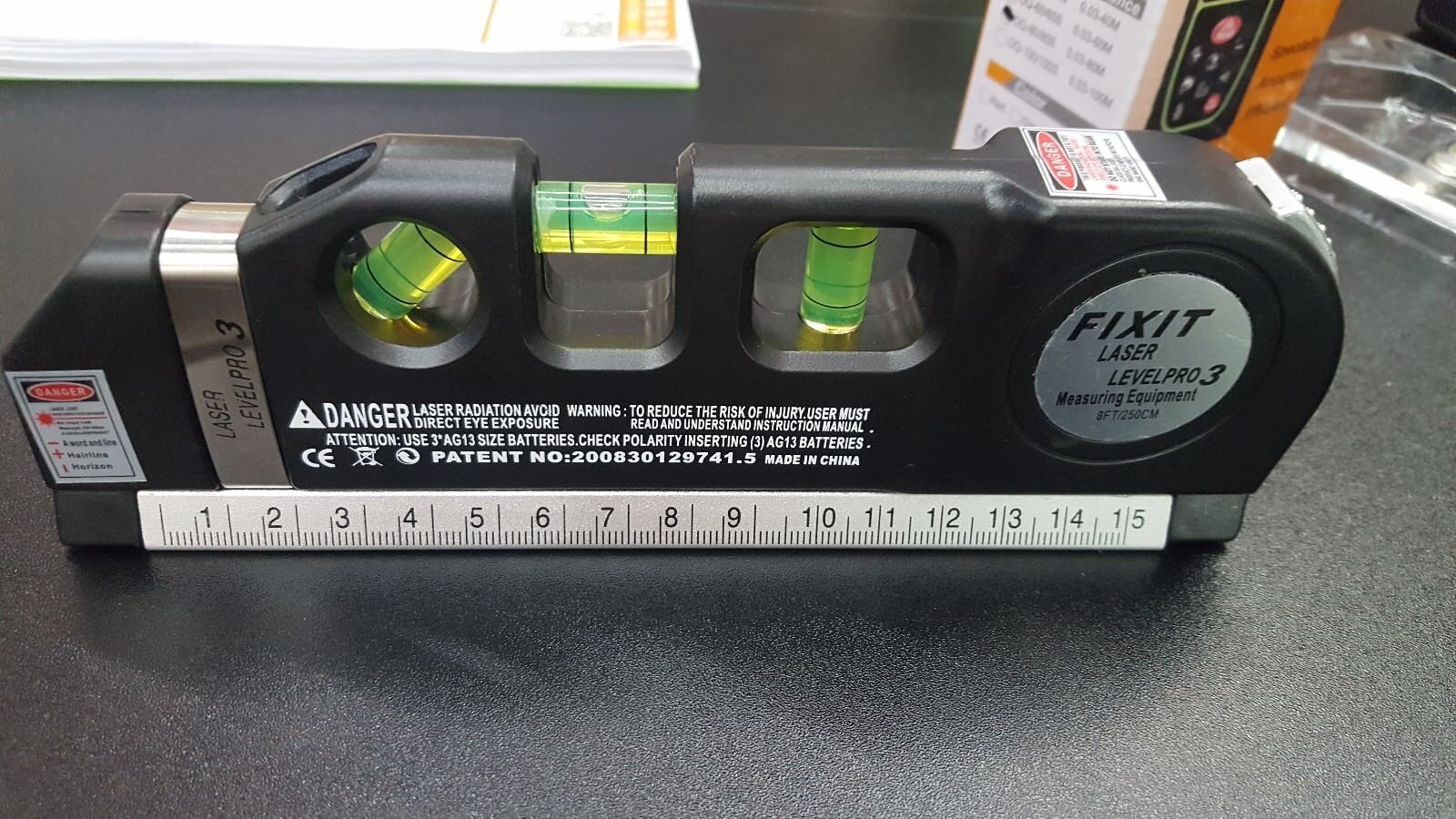
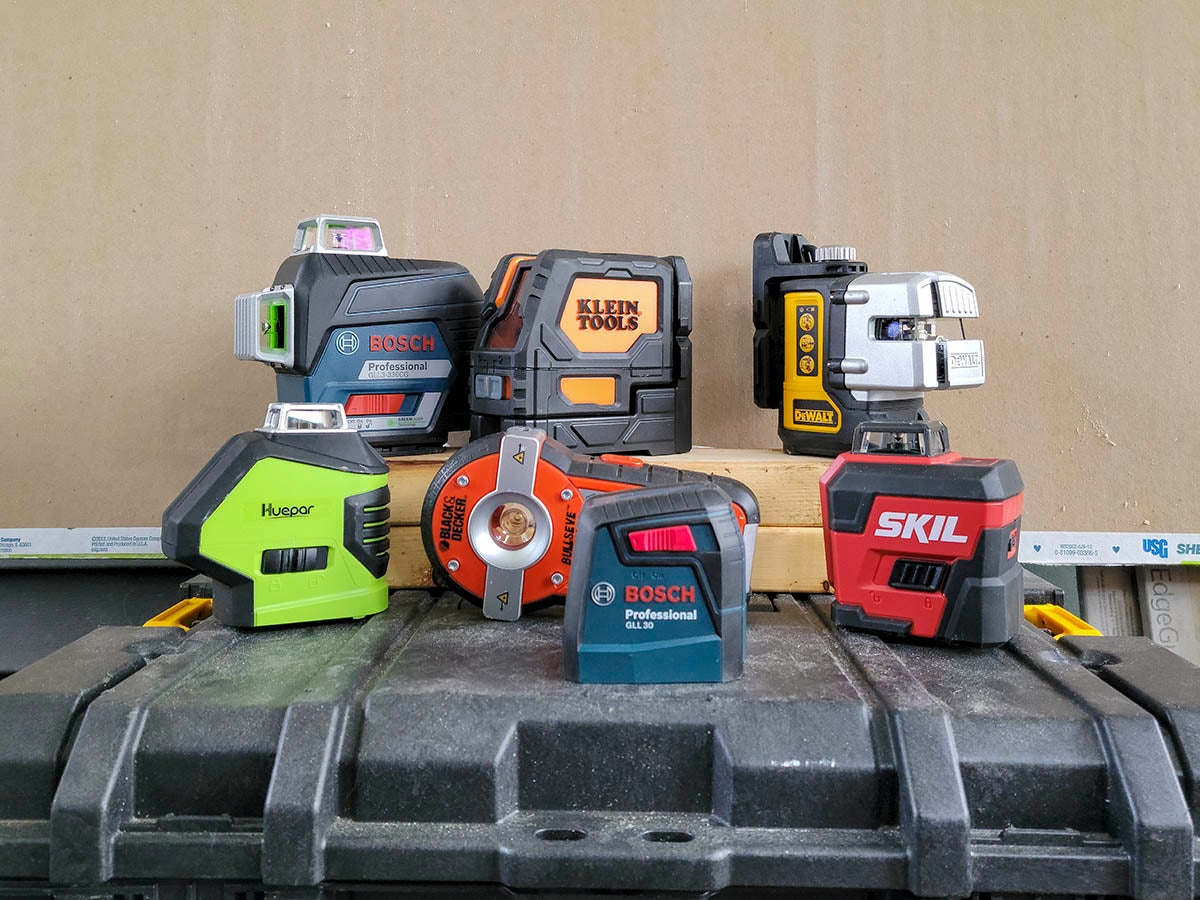
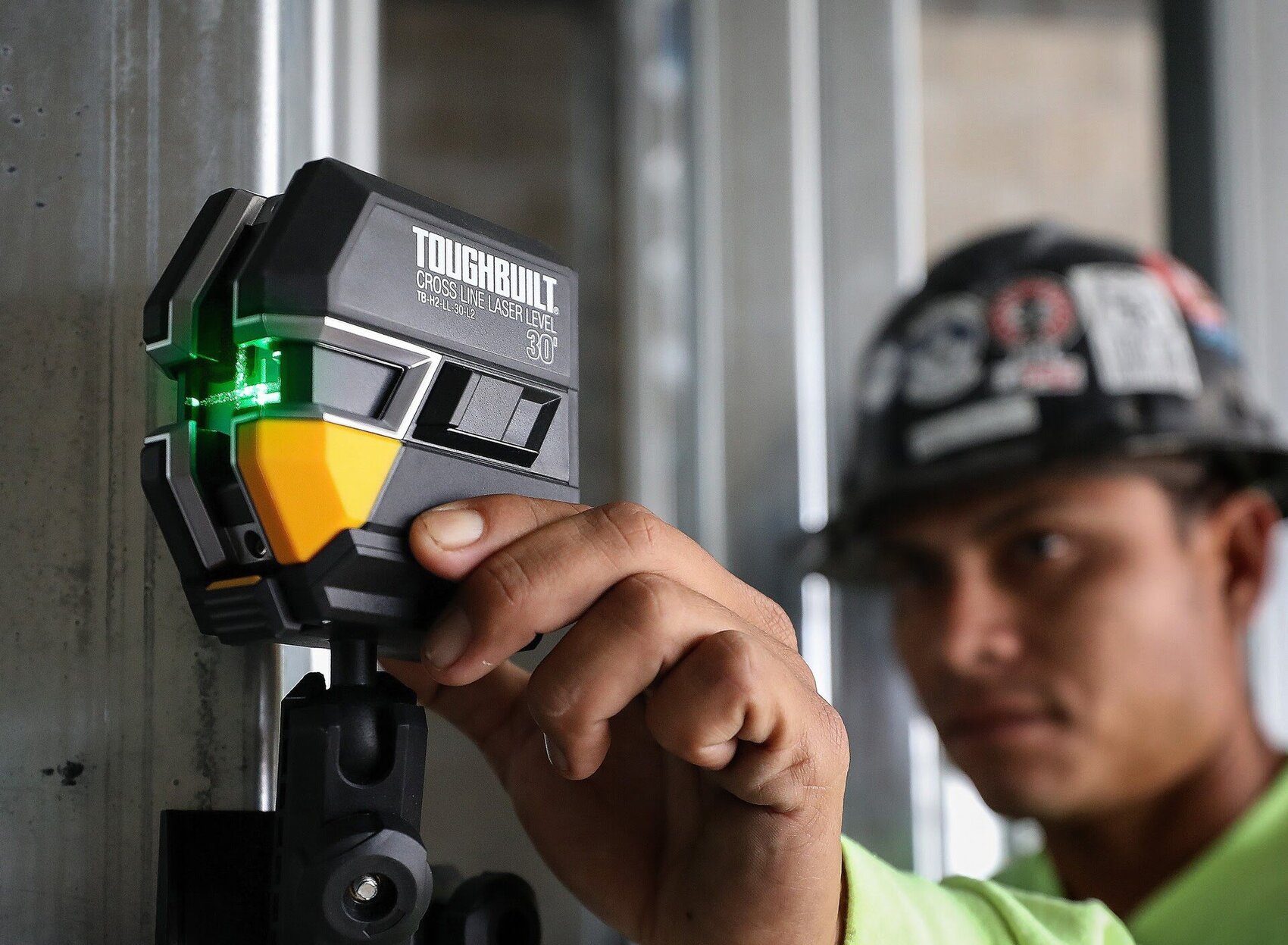

0 thoughts on “How To Establish Level Without Laser Level”